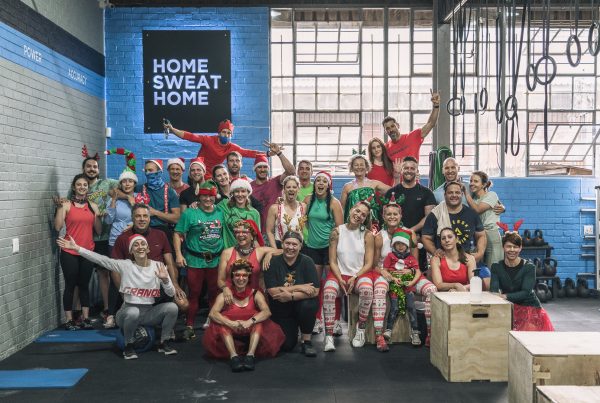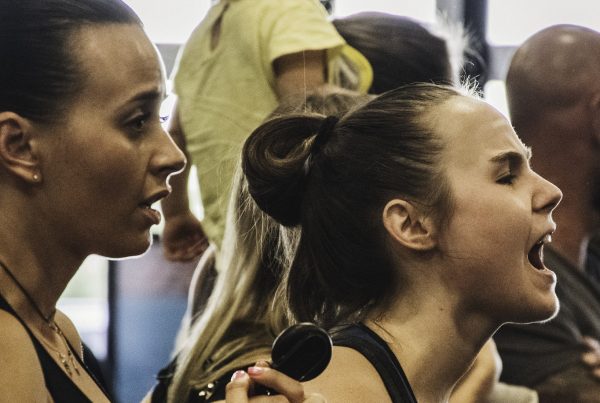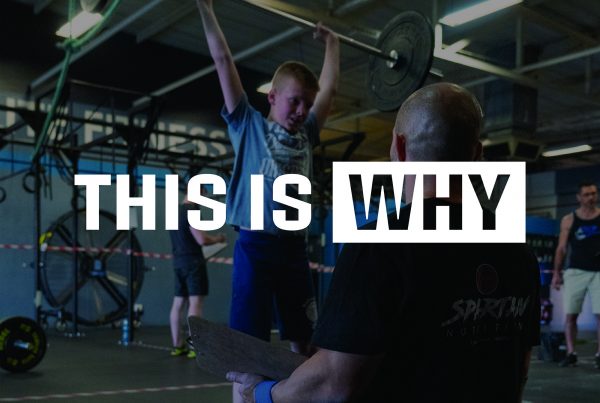80% of the population has experienced a form of debilitating low back in their life. It’s a staggering statistic, and is why we chose to study exercise techniques for low back pain for my master’s thesis. Well, we actually chose that topic because we knew that a scholarship for the research would be granted given the prevalence of low back pain 😀 Either way, it led to some pretty cool understanding of the spine and had a strong impact on how I approached the rehab of low back pain patients.
A high priority goal for all low back pain patients was to get them deadlifting.
Yes, teach patients suffering from low back pain how to perform a movement that most would consider harmful to the low back. The deadlift, though, keeps company with standing, running, jumping, and throwing for functionality. So when a low back pain patient achieved the ability to deadlift properly with low to moderate it was an indication that they were closer to full functional capacity. That means, being closer to being able to do more than just activities of daily living. Healthier.
Conversations with doctors (as well as many specialists, chiros, physios, etc.) and coaches often go something like this:
Doc: Many of my patients shouldn’t be doing the deadlift.
Coach: Which ones are those, Doc?
Doc: Many are elderly, marginally ambulatory, frail/feeble, arthritic, injured and osteoporotic.
Coach: Doc, would you let such a patient, let’s say an old woman, do her own grocery shopping?
Doc: Sure, she needs to be self sufficient!
Coach: All right, suppose after walking home she came up to the front door and realized that her keys were in her pocket. Are you okay for her to set her grocery bags down, get her keys out of her pocket, unlock the door, pick the bag back up, and go in?
Doc: Of course, that’s essential activity.
Coach: As I see it, the only difference between us is that I want to show her how to do this “essential activity” safely and soundly and you don’t.
Doc: I see where you’re going. Good point.
Adapted from the CF-L1 Seminar Training Guide.
Maybe it’s the name “dead”lift, perhaps it’s because of all the bad deadlifting that does happen, but most often it’s just a lack of understanding. See, for us, being able to deadlift is as essential as being able to sit and stand. We believe that, for health, everyone needs to deadlift. We simply scale load and sometimes range of motion to meet the needs of the individual.
It’s why we prefer the original name of the movement – the health lift!



